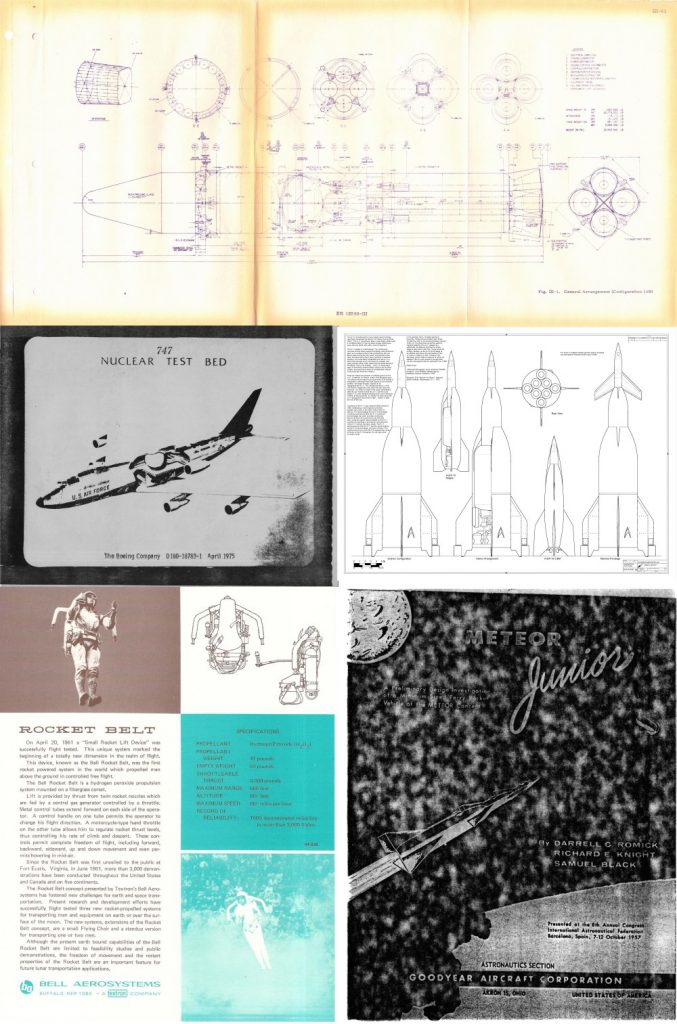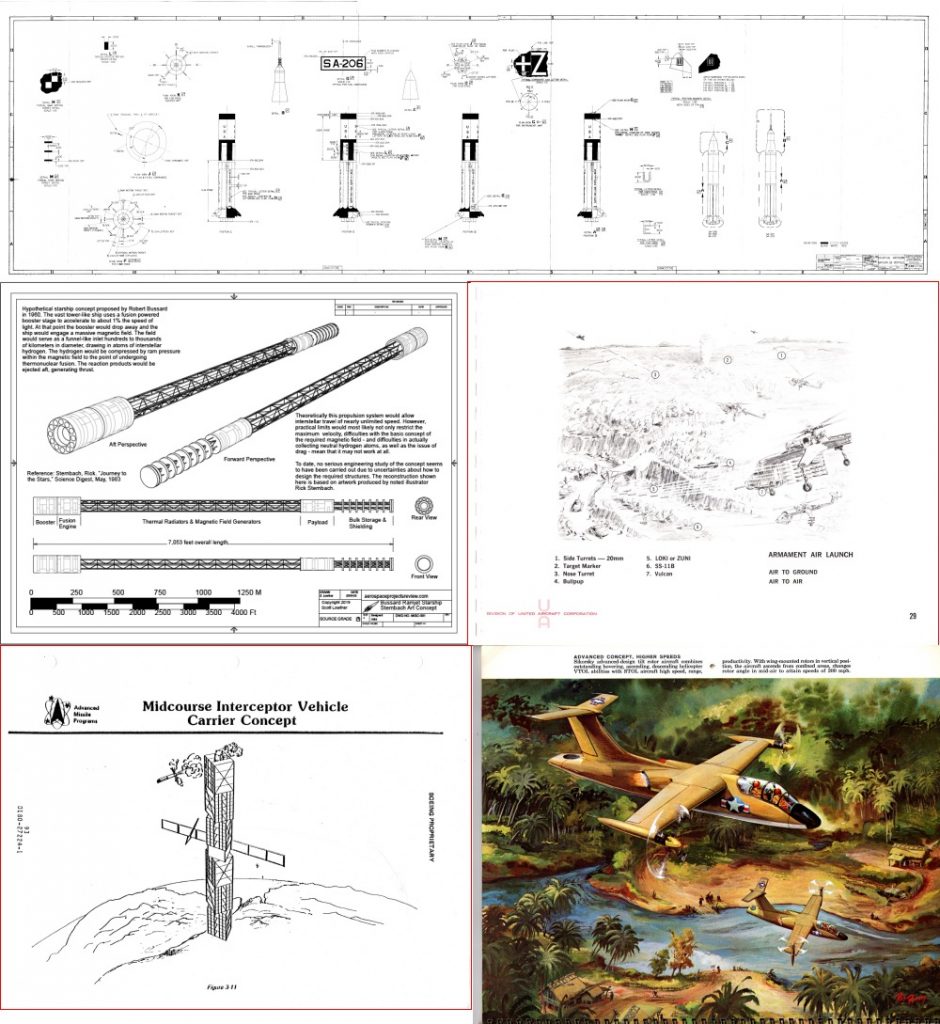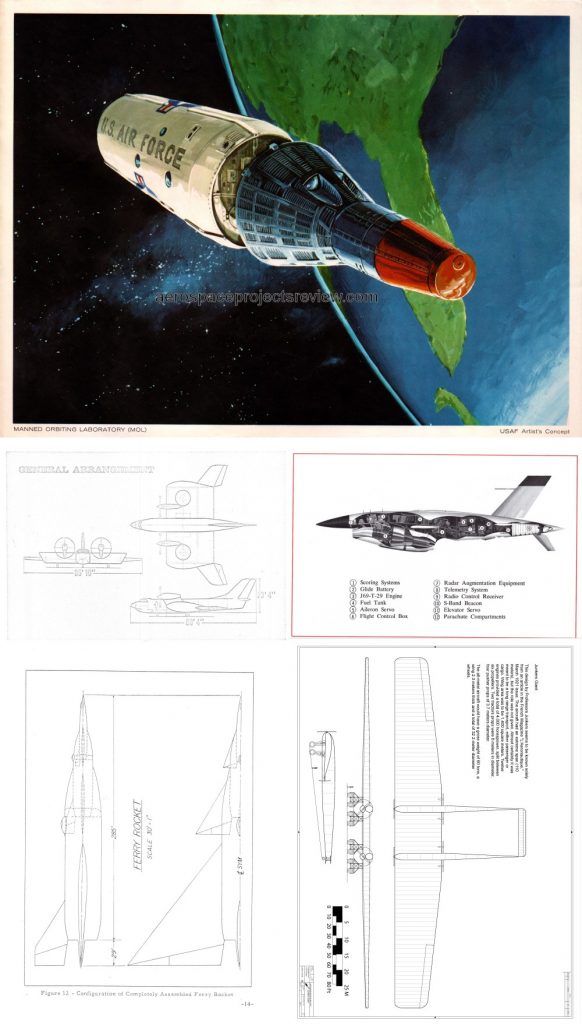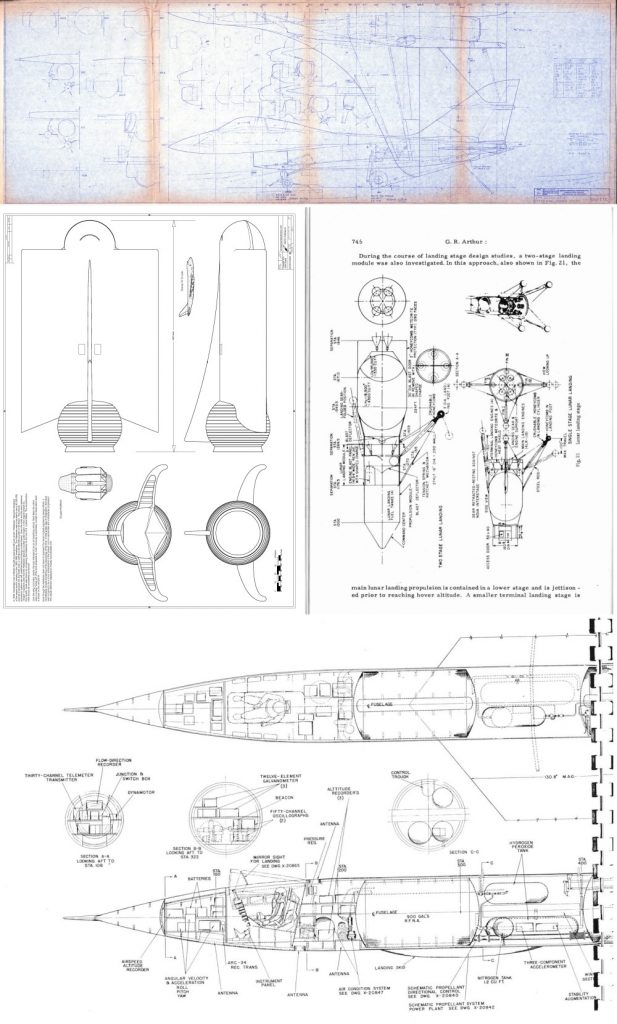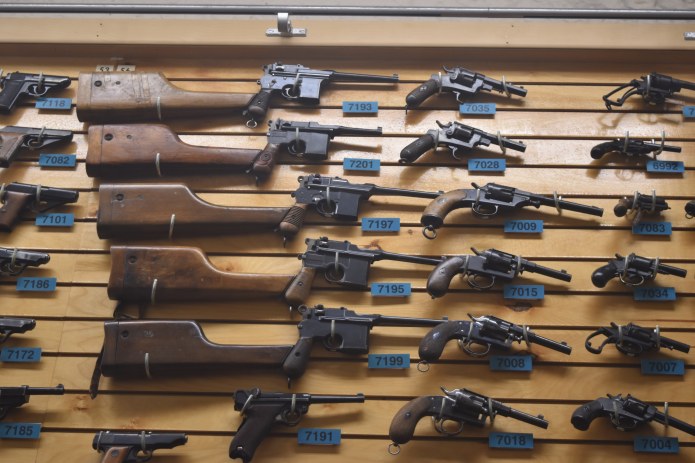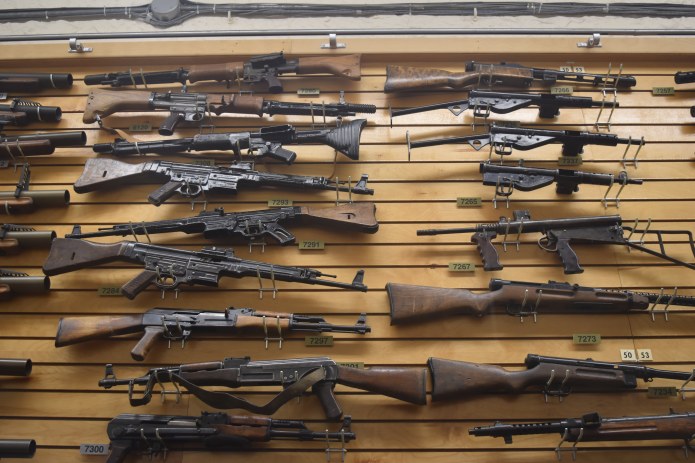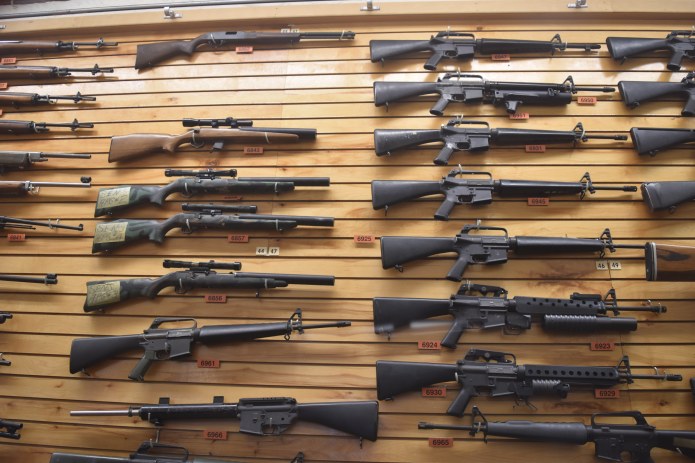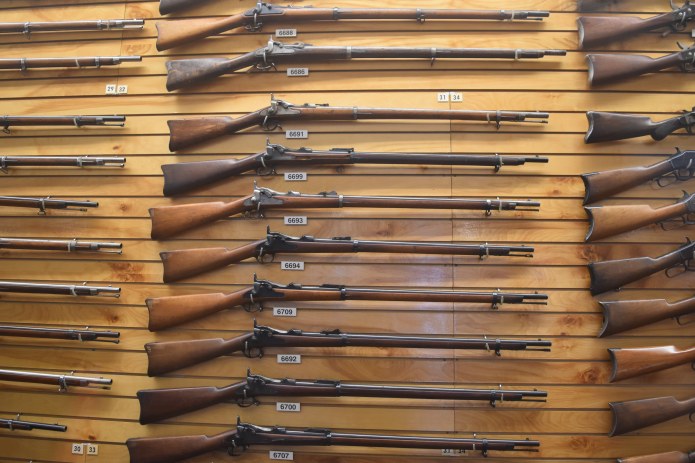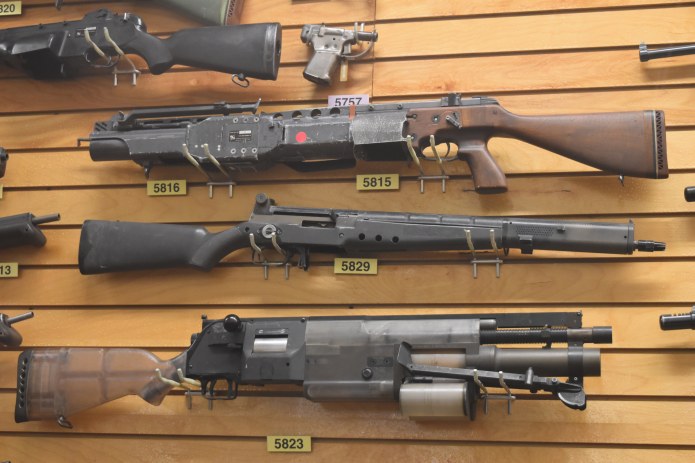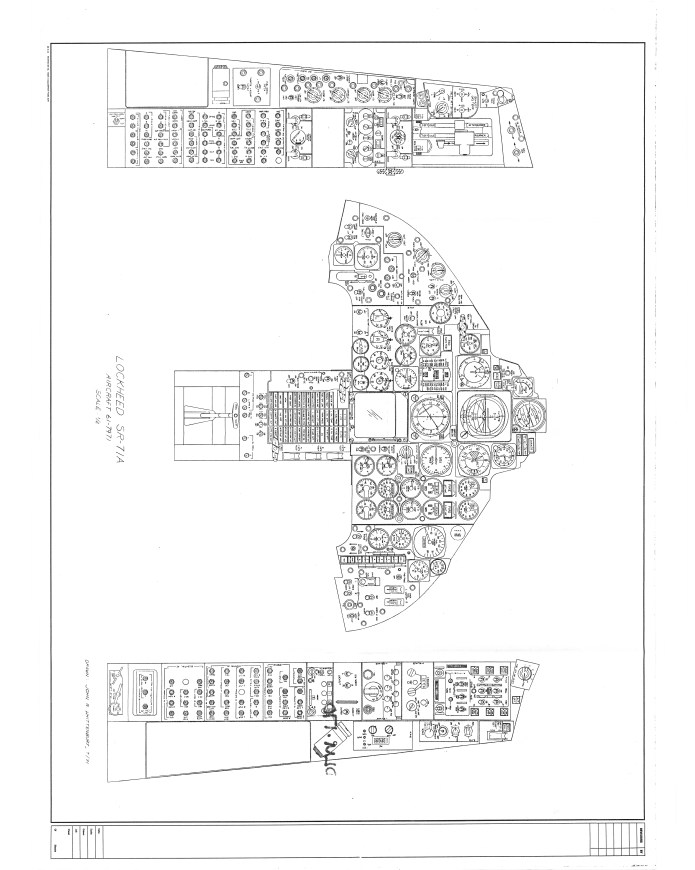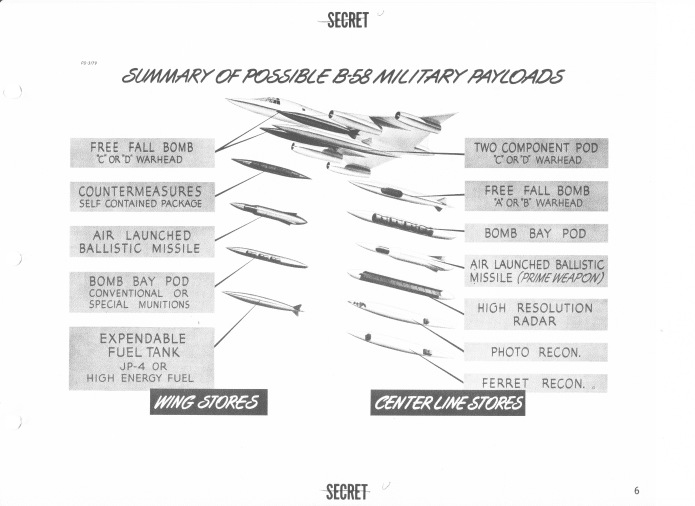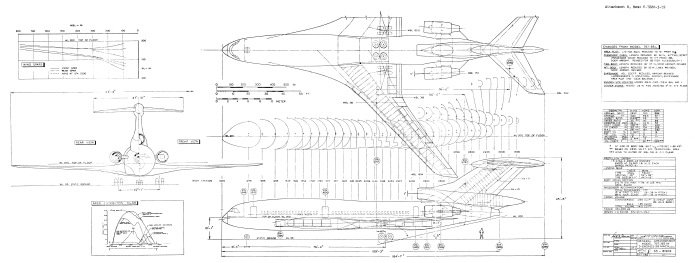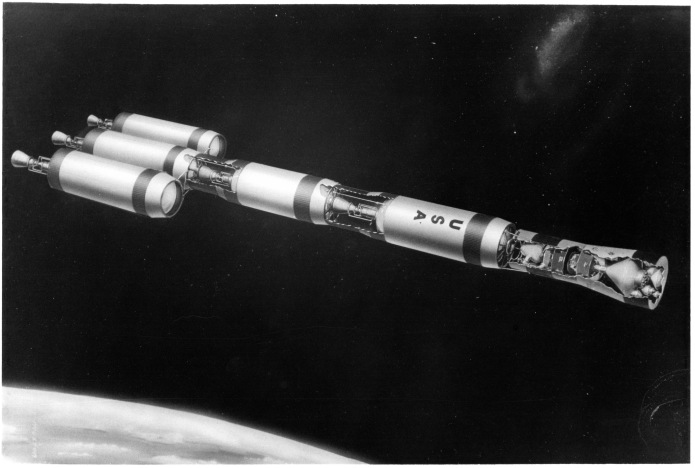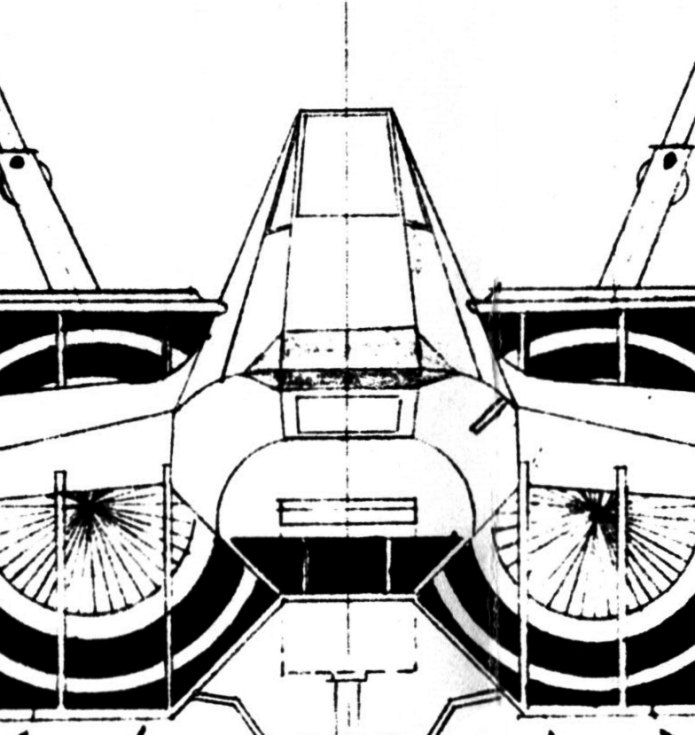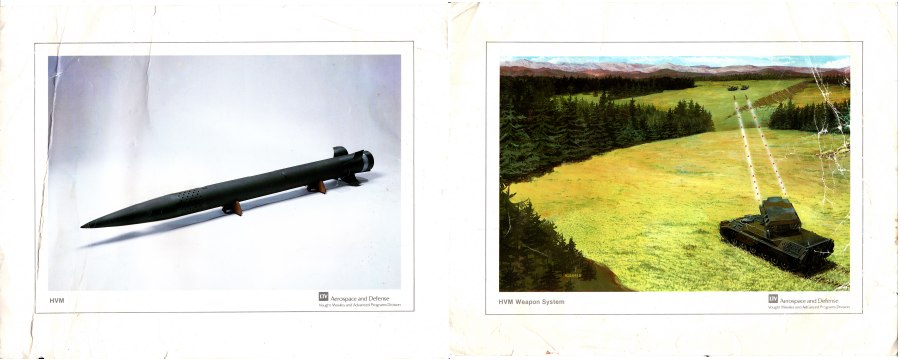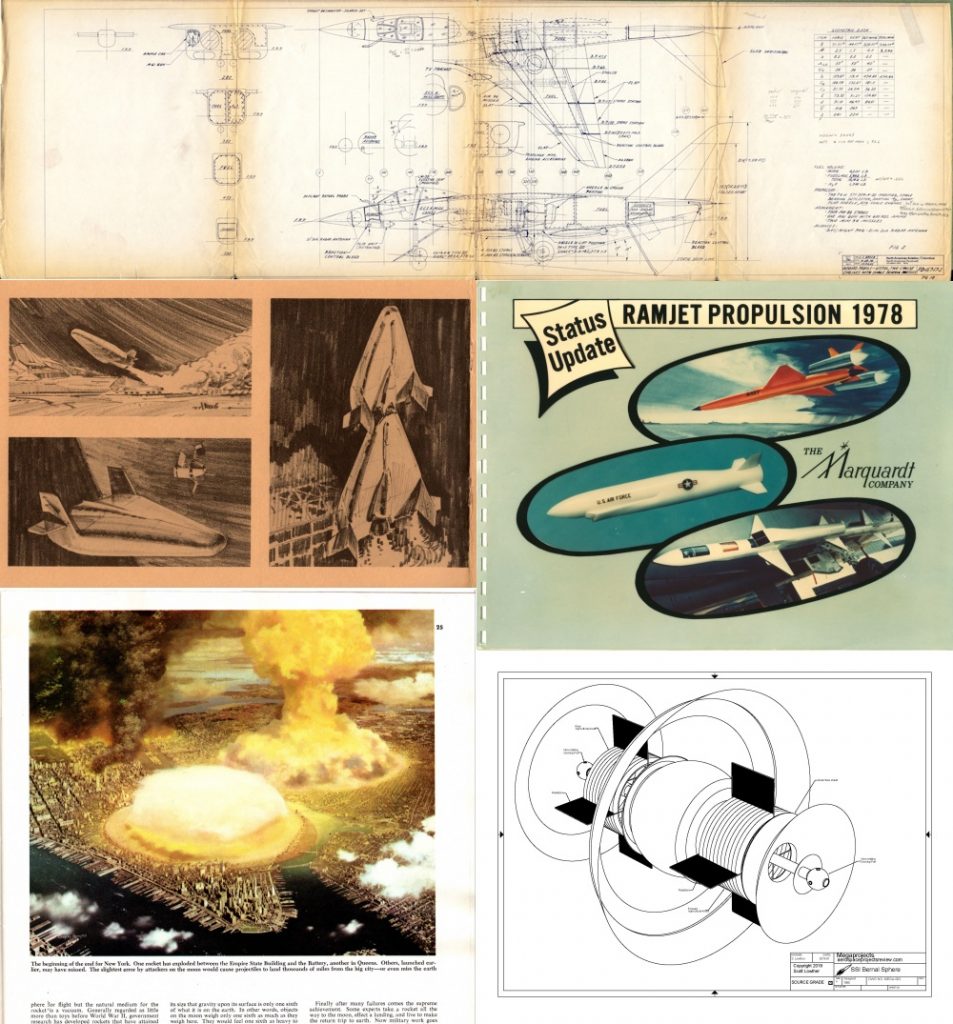On May 31st, APR Patrons and Monthly Historical Documents program subscribers were sent emails containing links to the May, 2019, rewards. This months set of documents and diagrams included high-rez copies of:
Document: “Manned Lunar Vehicle Design,” a General Electric paper from 1962 describing a direct-landing Apollo concept
Document: “AP-76 Project 1226,” a highly illustrated Republic Aviation report from May 1955 describing their design for the X-15
Diagram: “DNI-27C, VFX Design Study Fixed Wing/Buried Engine,” September 1968 North American Aviation fighter design
CAD Diagram: three-view of the Dandridge Cole/Martin Aircraft “Aldebaran” giant nuclear powered launch vehicle notional concept
If this sort of thing is of interest and you’d like to get in on it and make sure you don’t miss any of the forthcoming releases, sign up either for the APR Patreon or the APR Monthly Historical Documents Program.
All prior “back issues” are available for purchase by subscribers. Recent months rewards have included:
